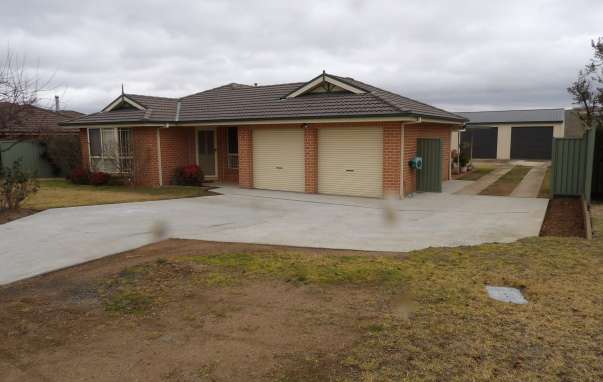In Australia, more homeowners are embracing the idea of selling their property without involving a traditional real estate agent. These sales are commonly referred to as Australian FSBO properties—an abbreviation for "For Sale By Owner." This growing trend empowers property owners to take charge of the entire sales process, from listing to settlement, and it’s transforming the way Australians buy and sell homes. Using a trusted private property marketplace like For Sale By Home Owner, sellers can confidently manage their sale with the right tools, support, and exposure.
What Are Australian FSBO Properties?
Australian FSBO properties are residential or commercial real estate listings that are being sold directly by the owner without the assistance of a licensed real estate agent. Instead of paying a commission to a third party, the property owner takes full responsibility for marketing, communication with buyers, setting the price, arranging inspections, and negotiating offers. This method of selling is ideal for motivated and informed homeowners who want more control and greater financial benefit from the sale of their property.

How Do FSBO Sales Work in Australia?
The process of selling an FSBO property in Australia typically begins with listing the property on a private property marketplace like For Sale By Home Owner. This platform helps private sellers advertise their property on high-traffic real estate websites, including realestate.com.au and domain.com.au—giving the same exposure a traditional agent would provide.
Here’s how the process works step-by-step:
1. Create a Listing
Once a seller registers with For Sale By Home Owner, they can create a professional property listing. This includes writing a description, uploading photos, and highlighting key features of the home. Many sellers choose to add extras such as floorplans or virtual tours to attract more interest.
2. Set a Sale Price
The owner determines the asking price, often based on market research, recent comparable sales, and property valuation reports. Sellers can use online tools or consult with professionals to make informed pricing decisions.

3. Promote the Property
Using a private property marketplace, the property is published on major real estate websites, giving it the same reach as agent-listed homes. Additionally, sellers can use social media and physical signage to increase visibility.
4. Organize Open Homes and Inspections
Since there’s no agent involved, the owner handles enquiries, schedules inspections, and communicates directly with potential buyers. This gives the seller an opportunity to present the property personally and answer questions on the spot.
5. Negotiate with Buyers
Once buyers express interest, the seller can negotiate terms, price, and settlement conditions directly. This direct communication often leads to quicker decisions and more flexible outcomes.
6. Handle Legal Requirements
While FSBO sellers skip the agent, they still need to follow legal processes. Most choose to work with a conveyancer or solicitor to draft the contract of sale, handle disclosures, and oversee the transfer of ownership. For Sale By Home Owner offers guidance and document templates to ensure compliance with state-specific regulations.
Why Choose FSBO?
Selling through a private property marketplace gives Australian homeowners more control and potential for significant savings. By cutting out agent commissions—often 2–3% of the sale price—owners can retain more of their property’s value. For example, selling a home for $700,000 could save you $14,000 or more in commission fees alone.
Additionally, Australian FSBO properties offer a more transparent and personal experience for both buyers and sellers. With no third party involved, both parties can negotiate openly and honestly, often leading to smoother transactions.








